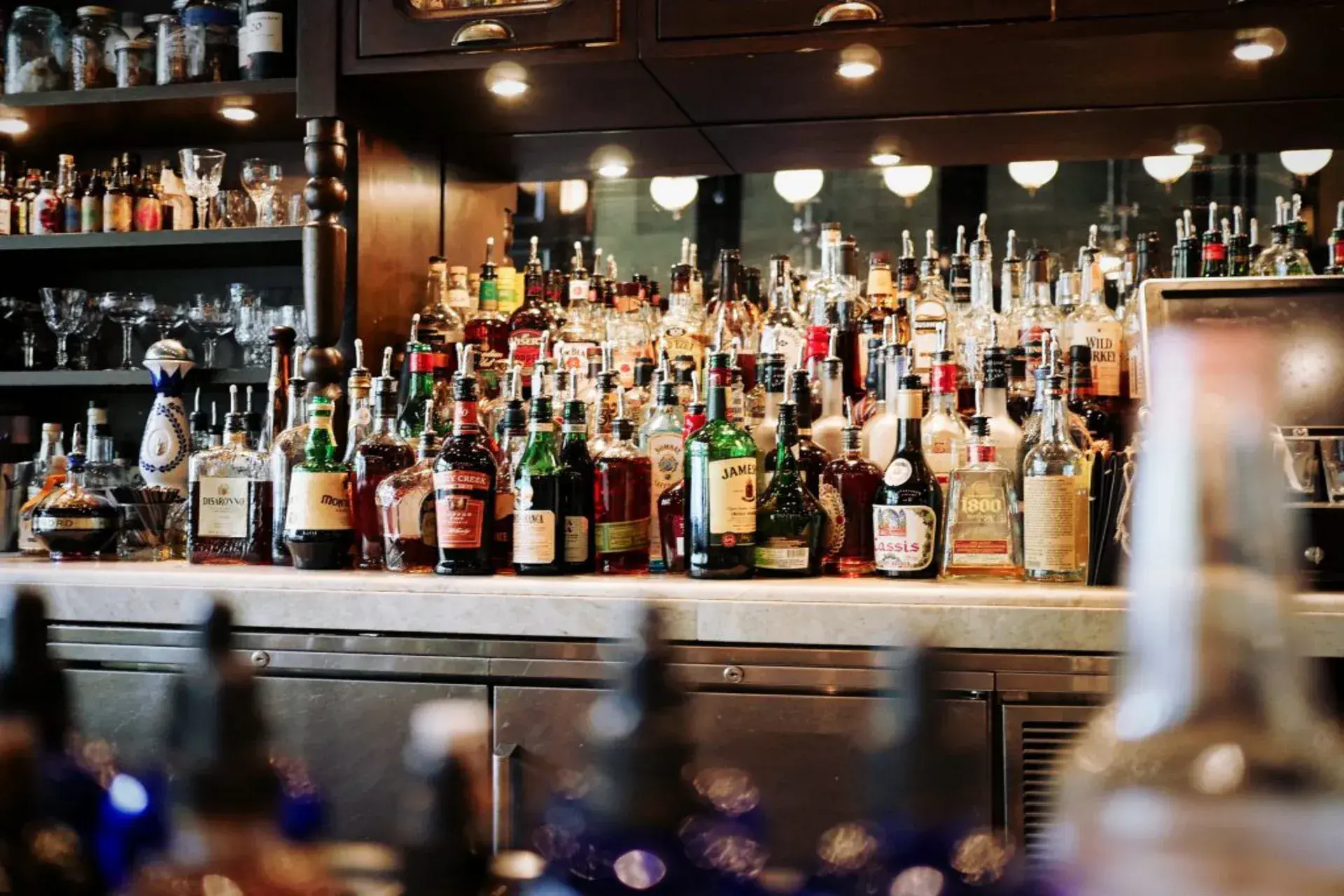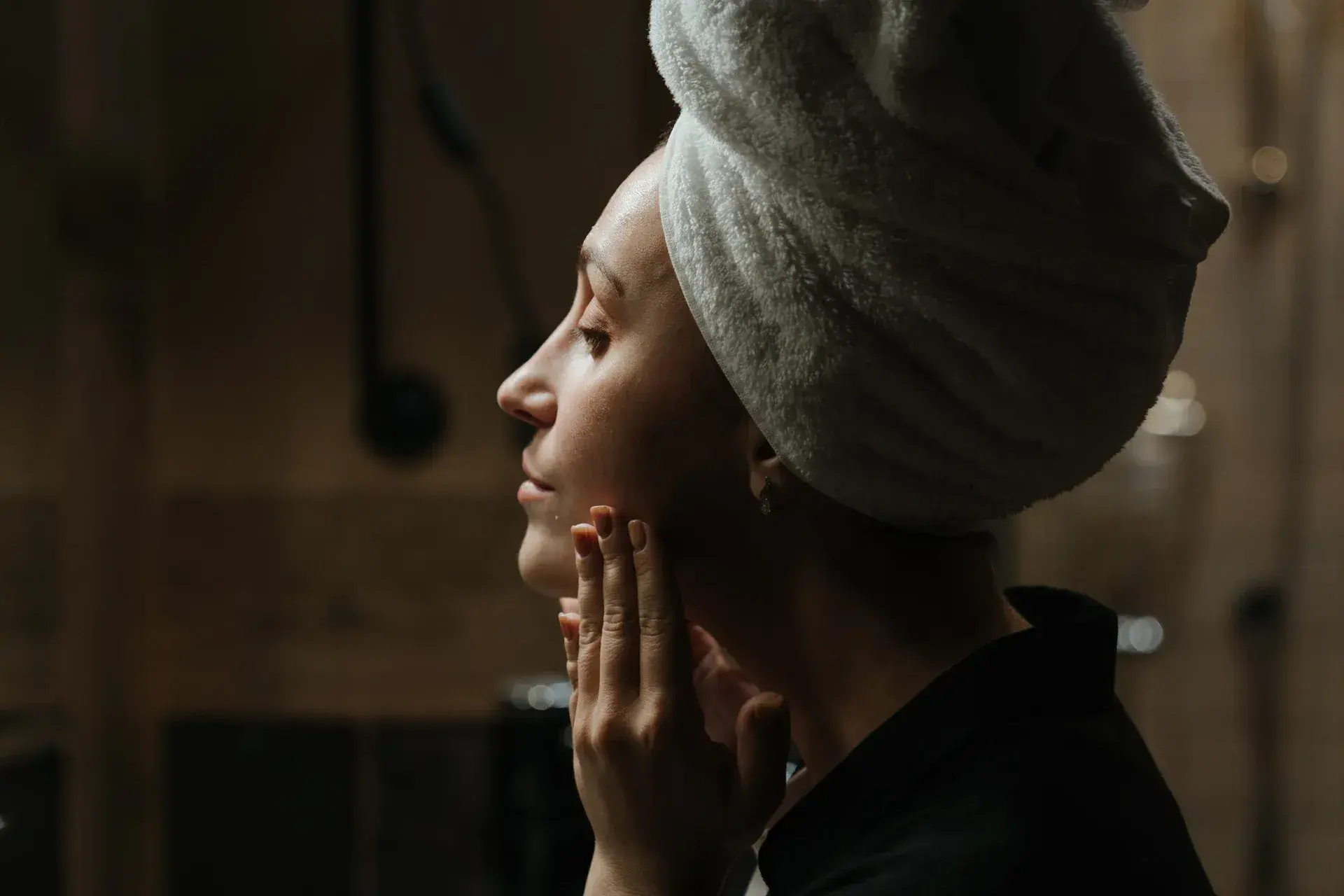History of barbershops
Barbershops have a long history dating back to ancient civilizations. In ancient Greece, barbers were known as "tonstrigai," and were responsible for cutting hair and shaving beards, as well as performing minor surgical procedures. In ancient Rome, barbers were known as "tonsores," and were considered to be a respected profession. They were often located in the same building as bathhouses, where they provided grooming services to patrons.
During the Middle Ages in Europe, barbers were also considered to be skilled surgeons and were responsible for performing a variety of medical procedures, such as bloodletting and tooth extractions. The barbershop, as we know it today, began to take shape during the 19th century in the United States. Barbershops were often located in the front of the building and were open to the street, making them easily accessible to customers.

In the early 20th century, barbershops began to evolve into a more social space, where men could gather, get a haircut, and engage in conversation. The traditional barbershop quartet, a group of four men singing a cappella harmony, also originated in this era.
During the 1950s and 1960s, many barbershops closed or were replaced by beauty salons as men began to prefer shorter hairstyles and many women started to cut their own hair or go to beauty salons. However, in recent years, barbershops have seen a resurgence in popularity, and many have begun to incorporate modern amenities like Wi-Fi and flat-screen TVs to appeal to a new generation of customers.
Today, barbershops are not only a place for a hair cut, but also for grooming services such as shaving, beard trimming, and hair styling. They have also become a place for people to gather and socialize, and have become a hub for communities.









